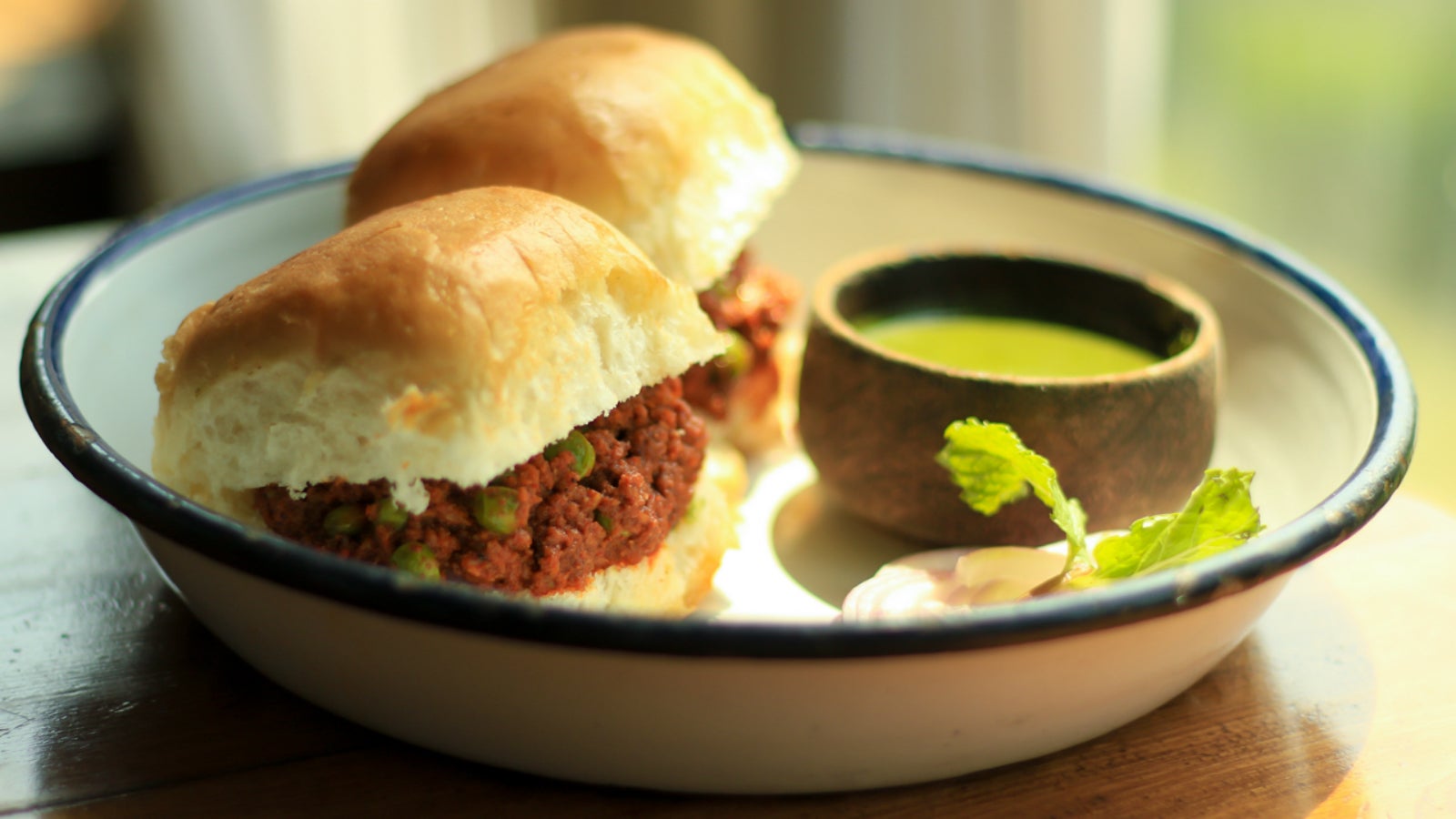Eat fresh, or unleash your inner chef: Five trends from the Indian food scene in 2015
Trends in food are frequently short-lived and often as contentious as politics. Should you eschew fat or is it good for you? Should you embrace superfoods or are they marketing gimmicks created on the Madison Avenues of the world? Are vegetables the new meat or is meat the new meat?


Trends in food are frequently short-lived and often as contentious as politics. Should you eschew fat or is it good for you? Should you embrace superfoods or are they marketing gimmicks created on the Madison Avenues of the world? Are vegetables the new meat or is meat the new meat?
In India, as elsewhere, people are more aware of what they want to eat than ever before. The food trends that get seeded in the West sprout up in Indian homes in no time, with people Instagramming their cereal bowls and salad plates. Twenty fifteen gave us many of those imported trends, but also a few homegrown ones. Here’s a look at them:
Home food was delivered at your doorstep
Can’t face the idea of canteen food? Does the thought of oily dal and greasy naan give you acidity? You now have a host of options to get ghar ka khana delivered to your home, office or hostel. Ventures like Million Kitchen, Fresh Menu and EasyKhaana have tapped into the skills of home chefs to market food that is low on oil and masala and high on flavour.
We started eating more locally
One of the more interesting trends was “slow food”—food prepared using locally-sourced produce, ingredients and proteins, while keeping in mind local culinary traditions. Increasingly more chefs in the country, or at least the metros, are opting to only serve food made with ingredients sourced from local farmers. Instead of importing ingredients, they are looking for local substitutes.
We got deconstructed ready-to-cook meals
Ready-to-eat meals, those packaged dishes cooked in microwaves, are old hat. Now there are ready-to-cook meal services, which allow you to pick a dish and then have the ingredients, in their exact proportions, and a recipe card delivered to your place, ready to be cooked. Services such as Cookfresh, InnerChef and Chefkraft give us the comfort of cooking at home, without the hassles of prepping and shopping.
We ate healthier (at least some of us)
Most places in India offer basic masala-laden, deep-fried fare which is great for the spirits but bad for the heart. Enter gourmet salad parlours and freshly pressed juices (Raw Pressery and JustPressed). Most restaurants too have begun including healthier options on the menus for the health-conscious.
Indian food became cool
Tradition is being served with a hint of innovation. Seasonal flavours—which earlier were found only in grandmother’s kitchen—are being resurrected. More and more Indian chefs are choosing to celebrate culinary traditions from home, rather than from Europe, where most of them receive their training.
In Delhi, Cafe Lota’s menu boasts of Ragi Banana Pancakes, Sabudana Popcorn, Assamese Black Chicken and Bhapa Doi Cheesecake, among others. The cafe also takes season change into account. For example, the fish curry is served there with mango in winters and with kokum in summers.
Similarly, Bombay Canteen in Mumbai serves local favourites like dabeli and keema with a twist. It pairs foods from different parts of India in interesting combinations. Its Ammini’s Vegetable Ishtew, a savoury, aromatic coconutty Kerala stew, is served with the soft and spongy North Eastern bread tingmo.
This post first appeared on Scroll.in.